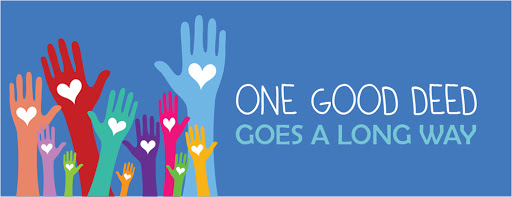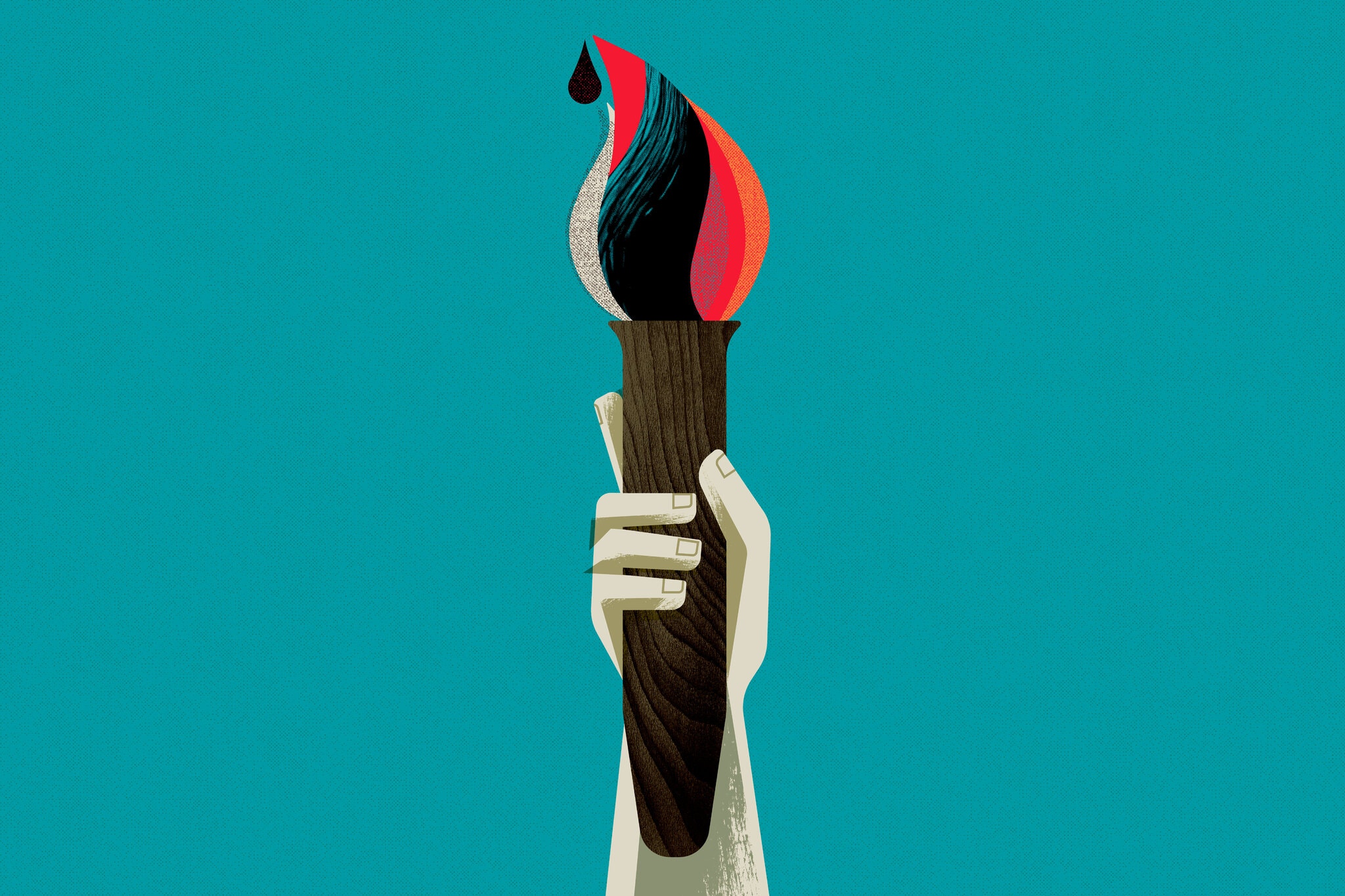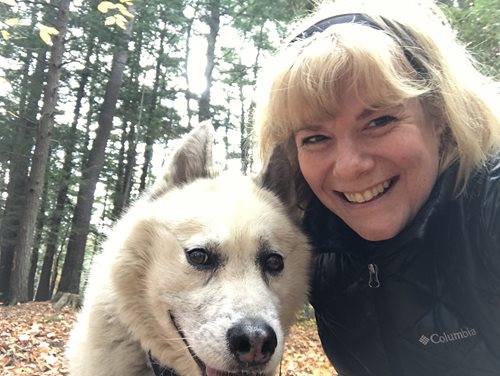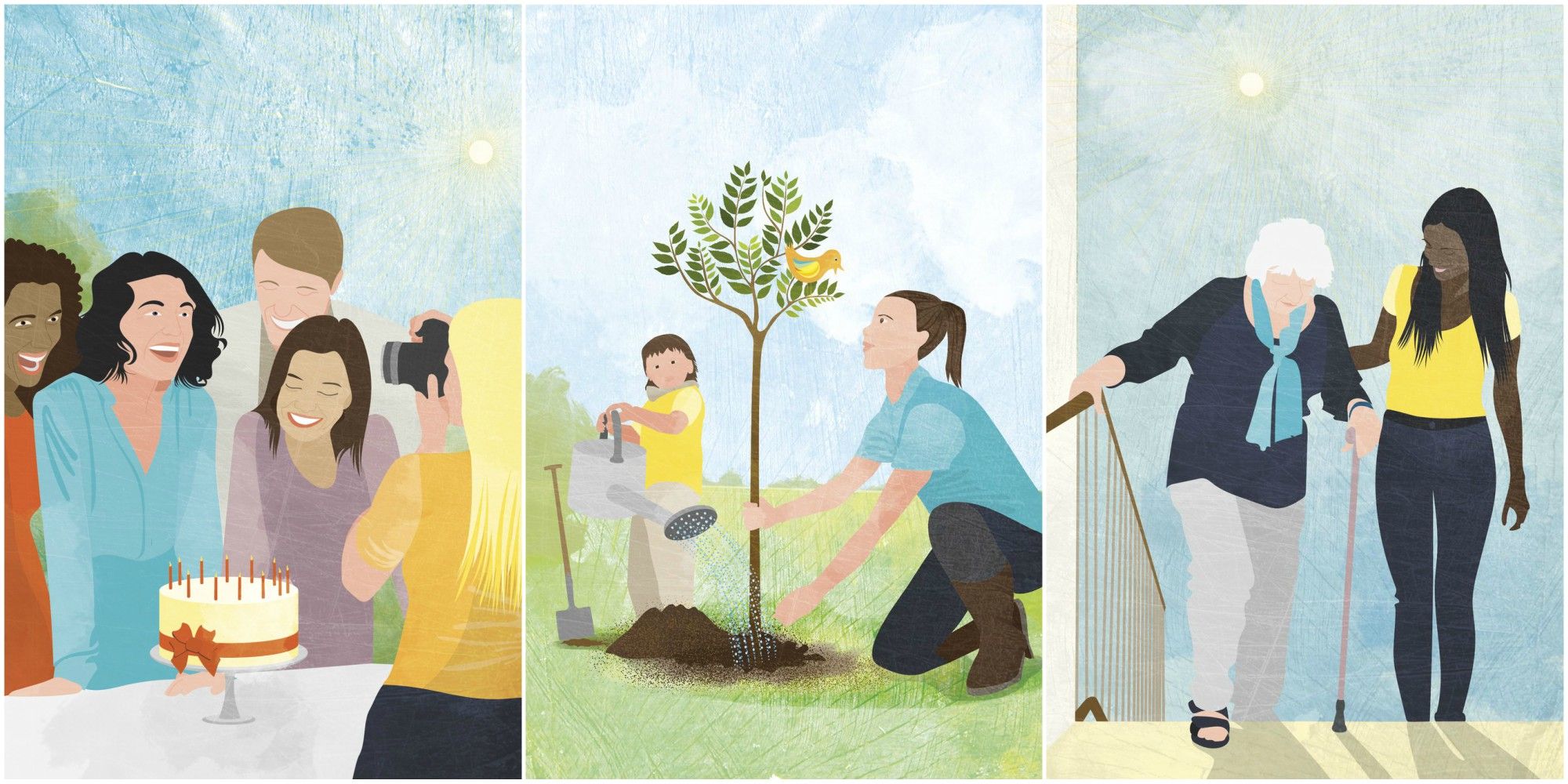This is an excerpt from the article “Romania activist urges people to do something good every day.” Read the full piece at APNews.com.
A gentle hero to many in Romania, Valeriu Nicolae says that, at heart, he is more like former NBA star Michael Jordan — highly competitive and eager to improve in what he does best. In Nicolae’s case that is helping others.
The Romanian rights activist has earned praise for his tireless campaign to improve the lives of the Balkan country’s poorest and least privileged residents, particularly children. This is a daunting task in the country of 19 million where hundreds of thousands of children lack basics and are unable to attend school.
Nicolae told The Associated Press that for society to change, individuals should, too. He also thinks it should become mandatory for politicians to help someone before they take public office.
“It should be the basics: do good things for others!” he said. “Even a tiny bit of good for someone around you, and no bad at all.”
Since starting in 2007, Nicolae’s humanitarian organization Casa Buna, or Good House, has taken upon itself to support and supervise 315 children.
Learn more about Nicolae’s work, and get ideas about how you can follow his lead, at APNews.com.









